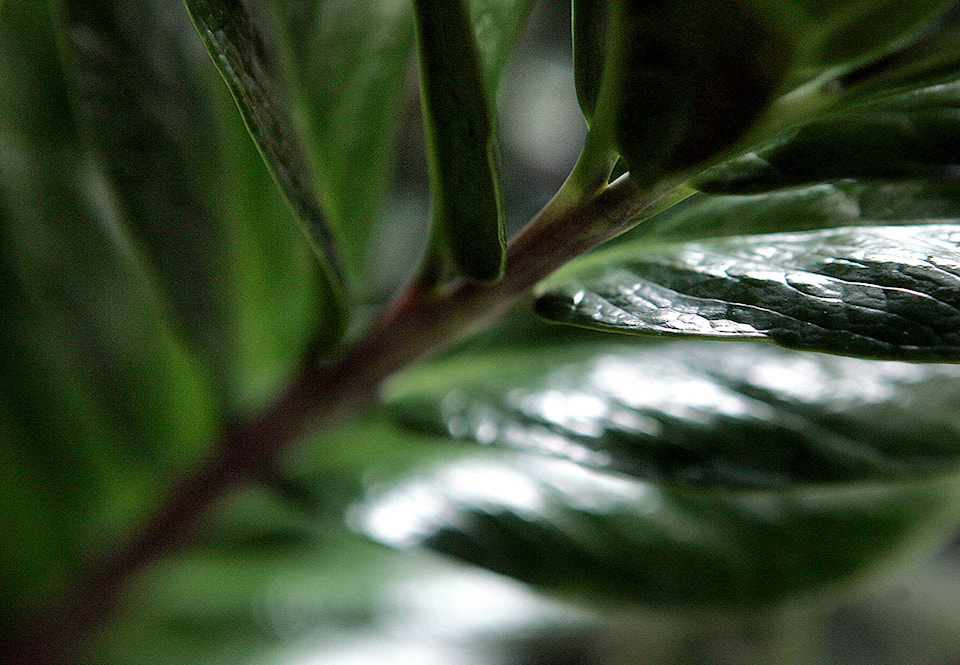My garlic is still waiting to be planted. The new spot is ready if only the rain stops. I have to move some of the potted perennials in the cold frames until spring and get the last of the geraniums inside the house. Now that you have your houseplants in for winter, here are some good tips from the Farmer’s Almanac: Houseplant Care guide by Catherine Boeckmann
How to Water: Water plants with room-temperature water. Cold water can be a shock to a houseplant’s roots — like sticking your toes into an ice bath! Use filtered water if your tap water contains high amounts of minerals or chemicals. Fluoride can cause the leaf tips of some houseplants to turn brown. Always water until the excess water drains out of the holes. Even plants that prefer dry soil should be watered this way (just not as frequently). Water gently over the top of the soil; avoid water on the plant leaves or crown. A long-spouted watering can works best.
If water is not almost immediately absorbed by the soil, drainage is poor. Mix perlite, vermiculite, or sand into the soil; for best effect, remove and repot the plant in the amended soil, if possible. Watering from the bottom can benefit plants, too. Set a plant pot (that has holes in the bottom) on a saucer or in a shallow pan. Pour water into the saucer or pan to about an inch depth. Add more water as necessary until the surface of the soil in the pot is moist. Remove the plant from the saucer or pan and set it aside to let excess moisture run out.
If the soil is exceptionally dry, water may not be absorbed but instead flow rapidly down the sides of the pot and out into the catch basin/saucer, bringing no moisture to the plant’s roots. If this happens, submerge the whole pot in a deep sink or pail full of water until air bubbles stop being released. Remove the plant from the water and set it aside to let excess moisture run out. Consider repotting the plant into a looser medium mix.
Pests: Pests usually appear after outdoor plants are brought inside for the winter, or when a new houseplant is brought home. To get rid of bugs in houseplants, push a clove of garlic into the plant’s soil. If the garlic sprouts and grows, just cut it back.
Mist under the leaves of houseplants frequently to discourage spider mites. Spider mites are apt to thrive in warm, dry houses. Frequent misting under the leaves of houseplants will discourage them. A solution of 1 cup flour, ¼ cup buttermilk, and a gallon of cool water, applied in a mist, is a good organic deterrent.
Small flies may occasionally appear around houseplants. These are called fungus gnats and are harmless to plants (and humans) in their adult form, though their larvae can damage young roots. Letting the soil dry out a bit between waterings can discourage fungus gnats.
Remove aphids from houseplants with a mixture of equal parts rubbing alcohol and water and add a drop of dishwashing detergent. Apply this to troubled plants with a soft brush. Mealybugs and scales are commonly seen on houseplants. The mixture of rubbing alcohol, water, and dishwashing detergent outlined above works on mealybugs and scales, too. Regular monitoring of your houseplants is key to beating an infestation.
Don’t discard your pumpkins after Halloween. You can find many ways to use them and the seeds are edible. https://www.almanac.com/pumpkin-recipes
For more information: 250-558-4556 jocelynesewell@gmail.com
READ MORE: COLUMN: A Gardener’s Diary
READ MORE: Gardening column: A gardener’s diary
@VernonNews
newsroom@vernonmorningstar.com
Like us on Facebook and follow us on Twitter.
